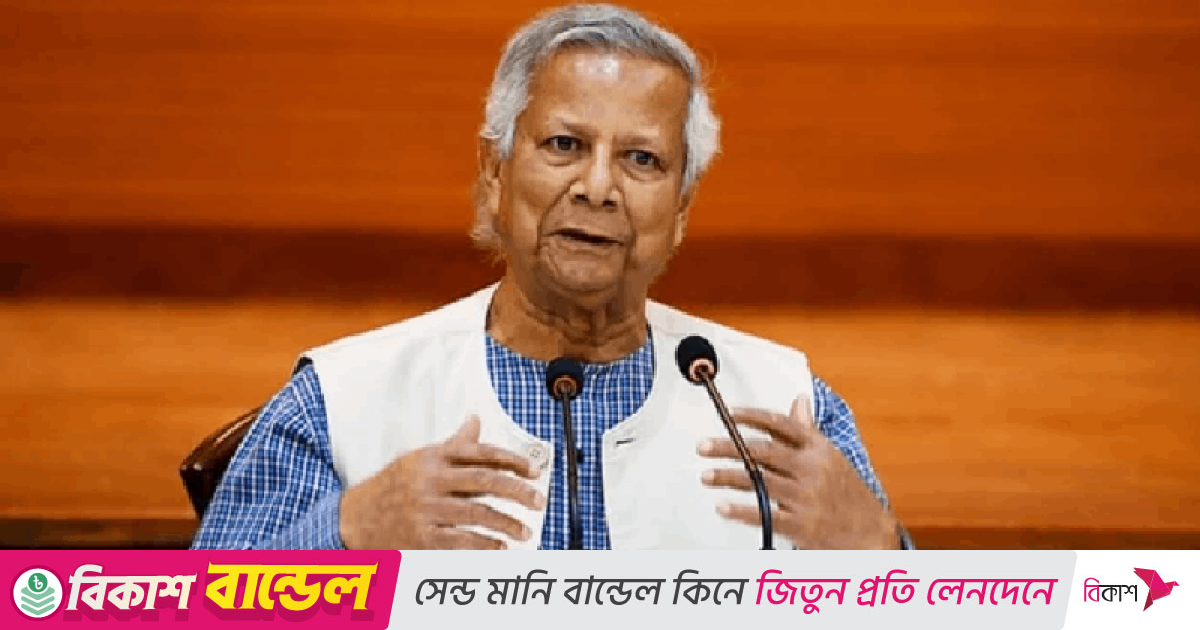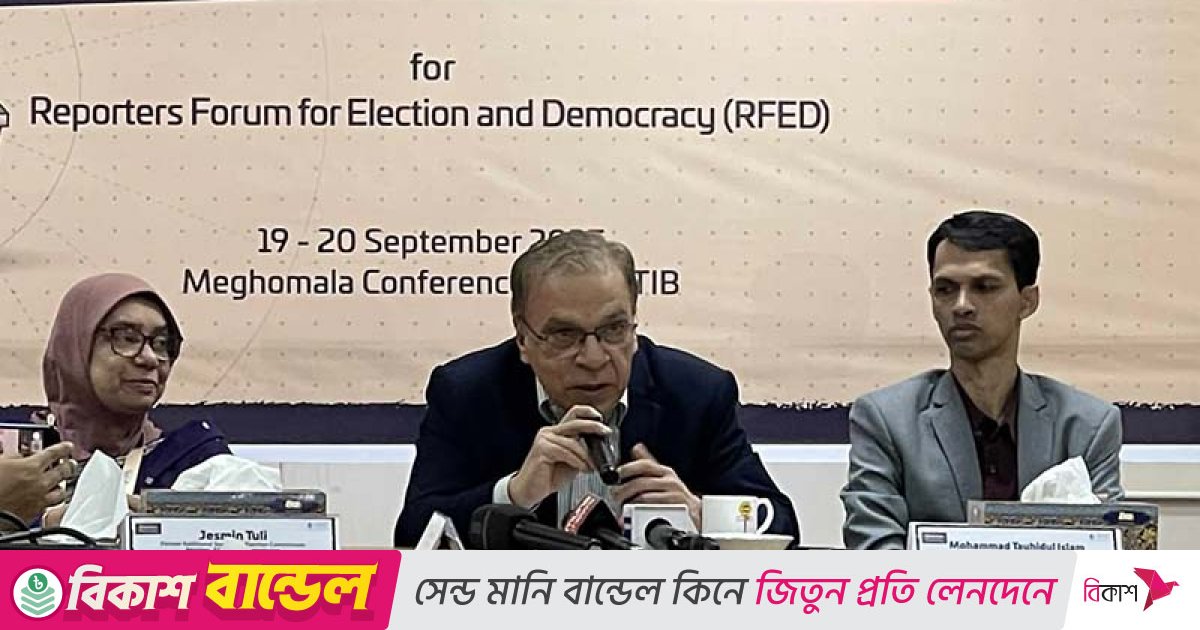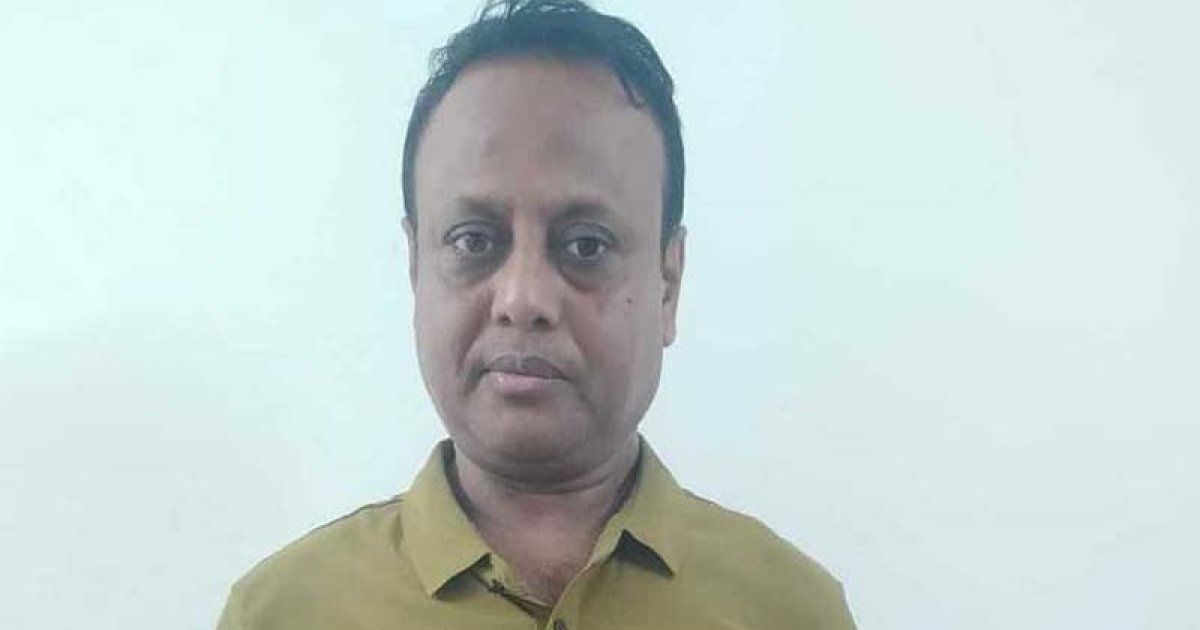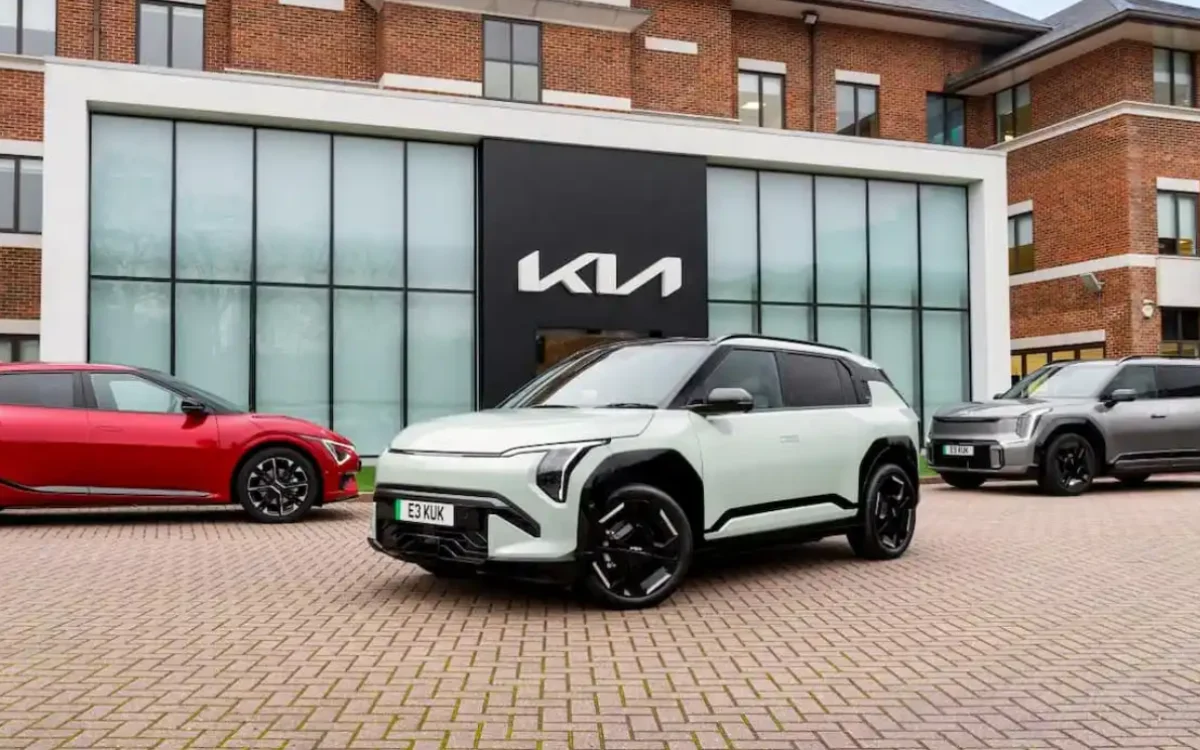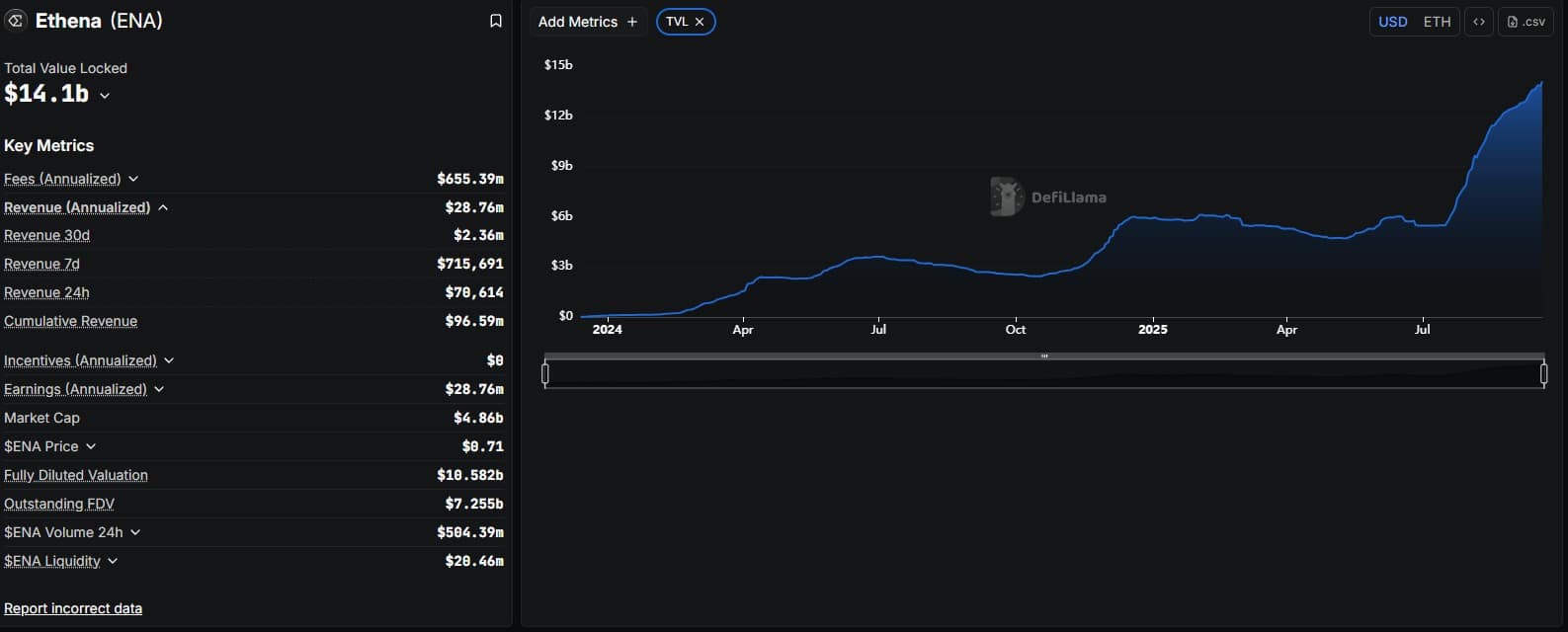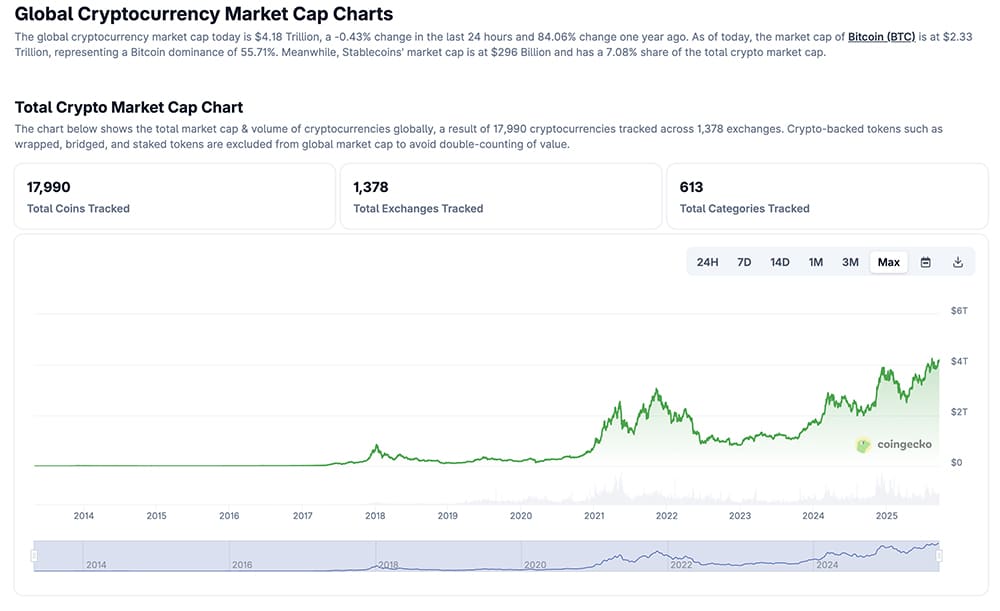A Complete Guide to Understanding Decentralized Autonomous Organization (DAO)
The post A Complete Guide to Understanding Decentralized Autonomous Organization (DAO) appeared on BitcoinEthereumNews.com. The idea of Decentralized Autonomous Organizations or DAOs is changing the way people think about governance, teamwork, and making choices online. In this article, you shall gain deep insights into the mechanisms of DAO, as to what they are, their functionalities, the tools they use, examples from the real world, their advantages and drawbacks, legal considerations, and why they are important for decentralized ecosystems. What Is a DAO? It is an organization governed by smart contracts on a blockchain. Having no central authority, such as the CEO or any hierarchical management, it operates through collective voting and pre-programmed rules, making operations transparent and democratic. Features of the DAO Decentralization No one controls the DAO. The community makes decisions through voting processes. This setup reduces the risk of corruption or manipulation, promotes transparency, and ensures that all major actions reflect the collective will of the community rather than a select few. Autonomous Operation With smart contracts, executing decisions is easier as it deals with predefined rules and community votes. Once deployed, these contracts handle governance tasks like fund allocation or proposal implementation, reducing human interference and ensuring a trustless, efficient, and consistent operation. Governance by Token Holders Community members vote to decide on the management of matters. Governance token holders may suggest and decide on different proposals. Even though the influence of members can go up with more tokens, some DAOs try to enforce equality by creating special voting methods. Transparency In DAO, all activities are recorded on a public blockchain, thus allowing anyone to verify actions or track the decision-making processes. With the transparency feature, DAO builds trust among members, thus reducing opportunities for fraud or corruption. This also enables transactions to be audited independently and traced in real time. Borderless Operations Since DAOs are blockchain-based, members can participate from…

The post A Complete Guide to Understanding Decentralized Autonomous Organization (DAO) appeared on BitcoinEthereumNews.com.
The idea of Decentralized Autonomous Organizations or DAOs is changing the way people think about governance, teamwork, and making choices online. In this article, you shall gain deep insights into the mechanisms of DAO, as to what they are, their functionalities, the tools they use, examples from the real world, their advantages and drawbacks, legal considerations, and why they are important for decentralized ecosystems. What Is a DAO? It is an organization governed by smart contracts on a blockchain. Having no central authority, such as the CEO or any hierarchical management, it operates through collective voting and pre-programmed rules, making operations transparent and democratic. Features of the DAO Decentralization No one controls the DAO. The community makes decisions through voting processes. This setup reduces the risk of corruption or manipulation, promotes transparency, and ensures that all major actions reflect the collective will of the community rather than a select few. Autonomous Operation With smart contracts, executing decisions is easier as it deals with predefined rules and community votes. Once deployed, these contracts handle governance tasks like fund allocation or proposal implementation, reducing human interference and ensuring a trustless, efficient, and consistent operation. Governance by Token Holders Community members vote to decide on the management of matters. Governance token holders may suggest and decide on different proposals. Even though the influence of members can go up with more tokens, some DAOs try to enforce equality by creating special voting methods. Transparency In DAO, all activities are recorded on a public blockchain, thus allowing anyone to verify actions or track the decision-making processes. With the transparency feature, DAO builds trust among members, thus reducing opportunities for fraud or corruption. This also enables transactions to be audited independently and traced in real time. Borderless Operations Since DAOs are blockchain-based, members can participate from…
What's Your Reaction?







